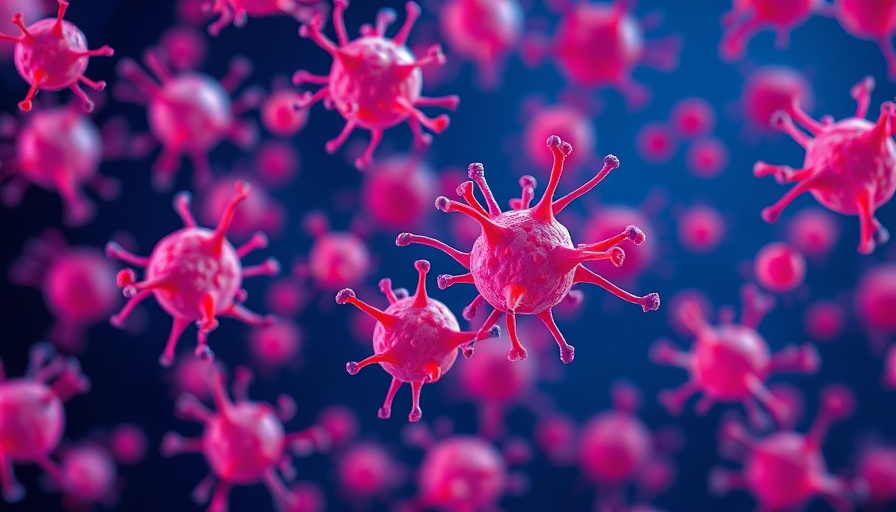
Understanding the Rise of Antibiotic-Resistant Gonorrhoea
Recent data from the UK Health Security Agency (UKHSA) highlights an alarming trend in the battle against sexually transmitted infections (STIs) in England. While overall instances of gonorrhoea declined by 16% in 2024 — marking a decrease from 85,370 cases in 2023 to 71,802 — cases of antibiotic-resistant gonorrhoea are on the rise. This is particularly troubling as the medical community faces increasing challenges due to evolving bacteria.
The Concerning Growth of Resistance
Despite the positive news regarding a decline in general gonorrhoea diagnoses, the UKHSA warns of a "concerning acceleration" in antibiotic-resistant cases. Most gonorrhoea infections are still treatable; however, resistance to ceftriaxone — the first-line treatment for gonorrhoea — is raising alarm. Ceftriaxone resistance remains relatively rare in the UK but has seen frequent reports in the Asia-Pacific region. The link to travel from this area signifies a growing risk of imported resistant strains.
In 2019, three ceftriaxone-resistant strains were identified, with a particular case in London in 2021 and three more confirmed in 2022. The trend appears to be escalating, with 14 cases detected in the first five months of 2025, surpassing the 13 total from the previous year. Notably, six of these cases are classified as extensively drug-resistant, indicating they do not respond to ceftriaxone or secondary treatments.
Broader Implications for STI Trends
The UKHSA's latest figures also reveal important STI trends. The overall STI diagnoses fell by 8.8%, with chlamydia cases dropping by 13% and cases of first-episode genital warts declining. However, certain infections such as syphilis are experiencing a resurgence. For instance, early-stage syphilis cases rose by 1.7%, contributing to an overall 4.6% increase in syphilis diagnoses. Genital herpes cases, too, are on the rise
Younger individuals aged 15-24, gay and bisexual men, and Black Caribbean populations tend to be disproportionately affected by STIs, emphasizing the need for targeted interventions.
The Importance of Regular Testing
As the landscape of STIs evolves, health experts emphasize the critical role of regular testing. Dr. Hamish Mohammed from the UKHSA underscores that anyone engaging in unprotected sexual activity with new or casual partners should be screened for STIs and HIV at least annually, regardless of symptom presence.
Dr. Amanda Doyle, the national director for primary care at NHS England, also stresses that testing is both free and accessible, removing barriers for individuals seeking to maintain their sexual health.
Innovative Approaches: Vaccination Programs
In response to growing antibiotic resistance, innovative solutions like the world's first gonorrhoea vaccination program have been launched in the UK. This groundbreaking initiative aims to provide protection against gonorrhoea and is part of a broader strategy to combat STIs across the population.
What Can You Do?
The rise of antibiotic-resistant gonorrhoea presents a significant public health challenge. It is crucial for individuals to stay informed about their sexual health, engage in regular STI screenings, and consider vaccination as a preventive measure. By taking these proactive steps, individuals can help mitigate the impact of STIs on their health and the health of their community.
 Add Row
Add Row  Add
Add 




Write A Comment